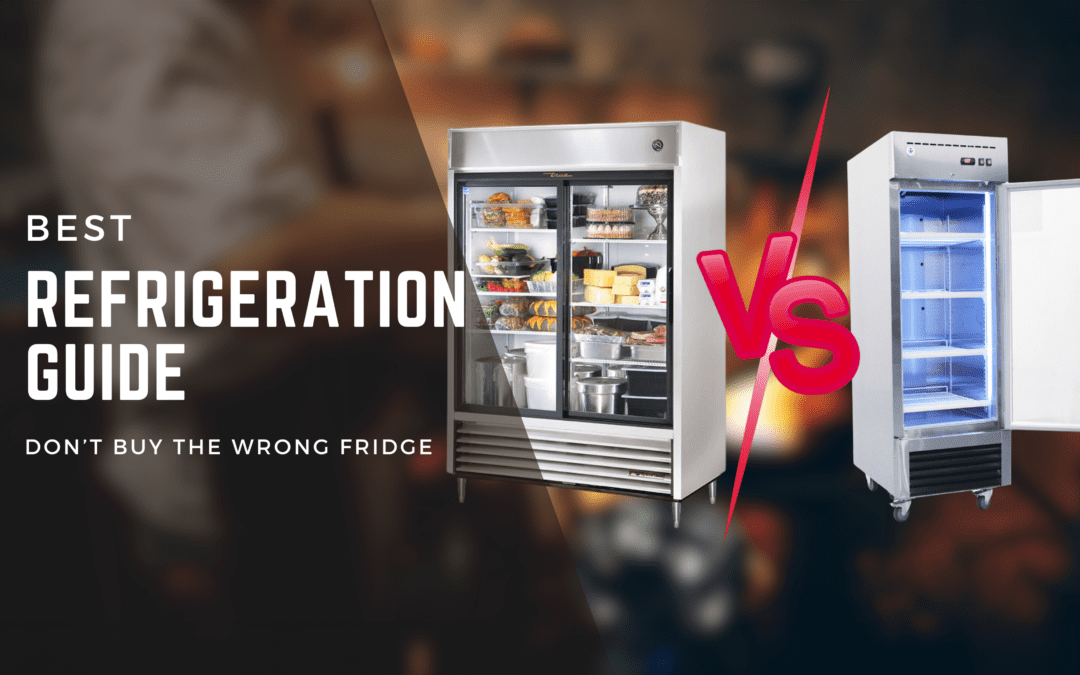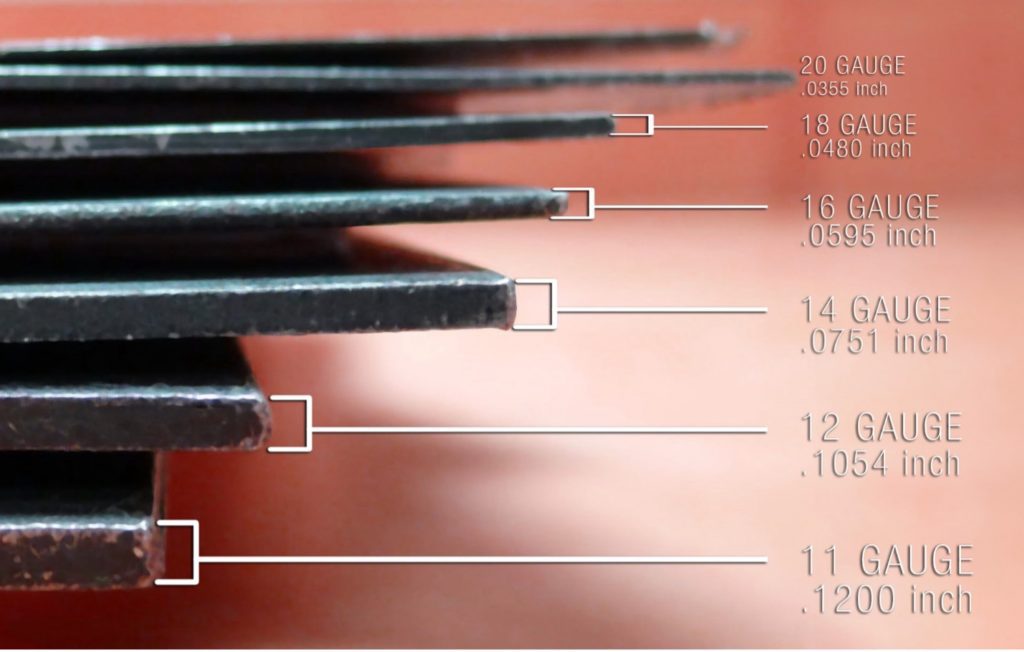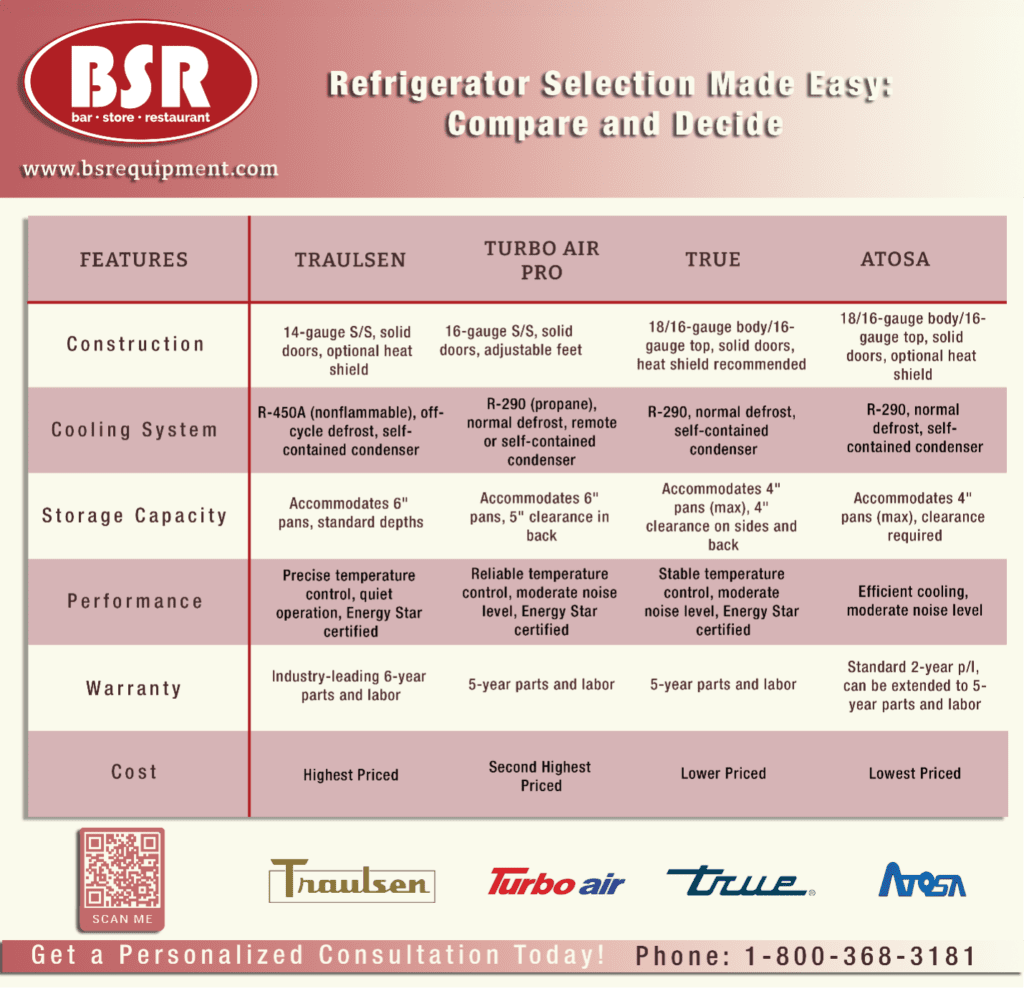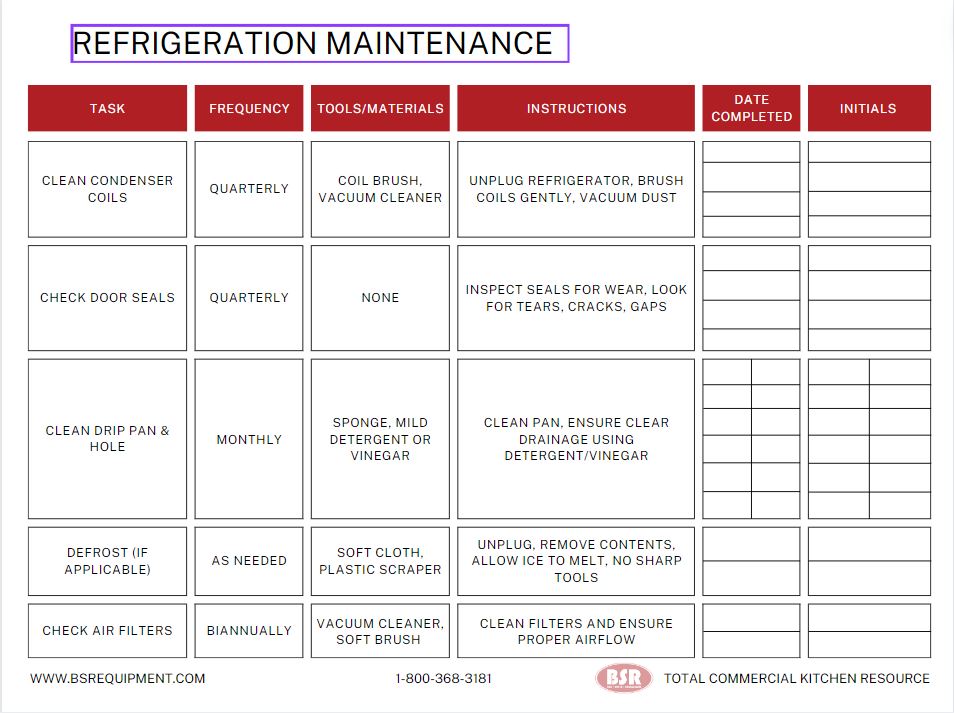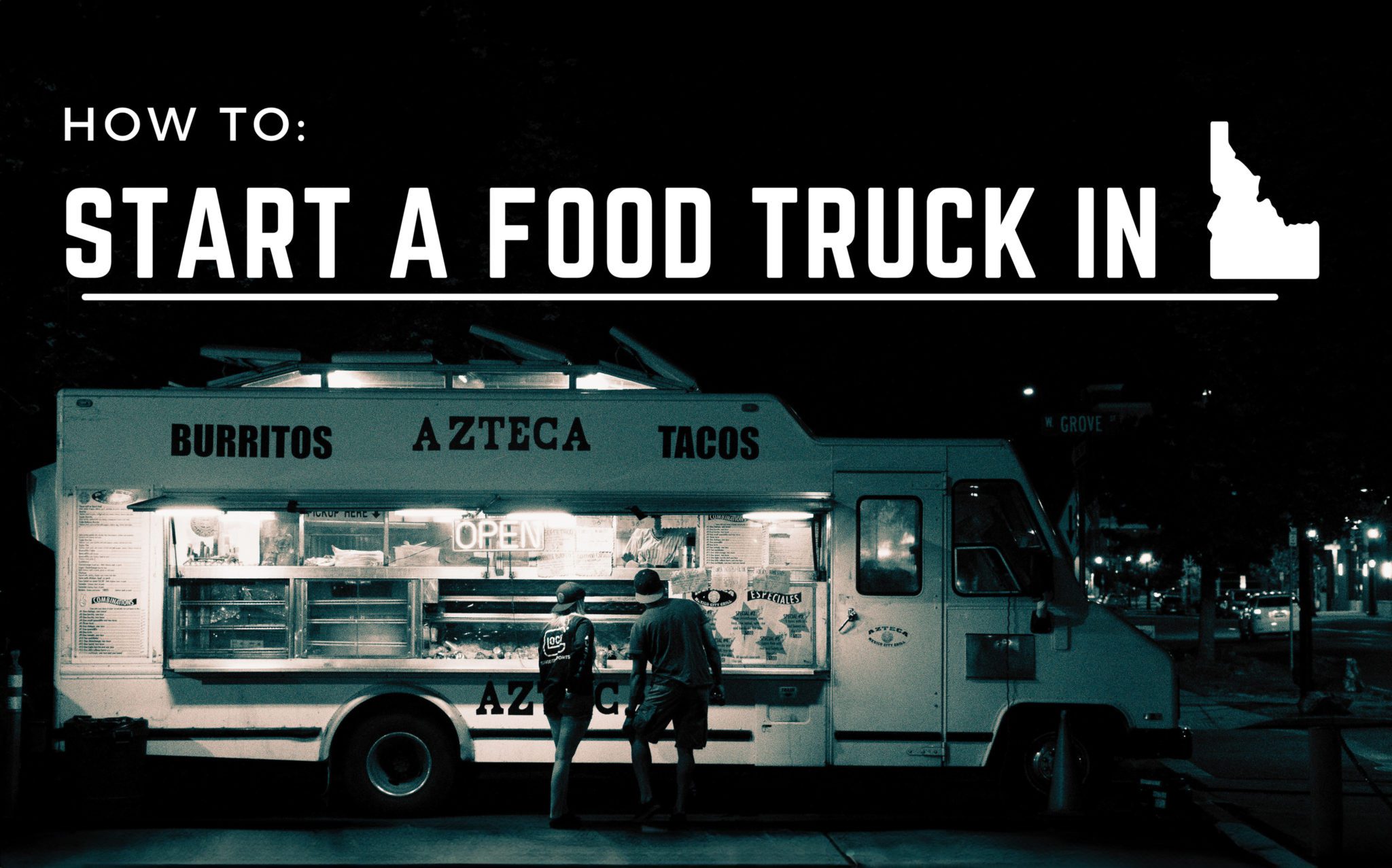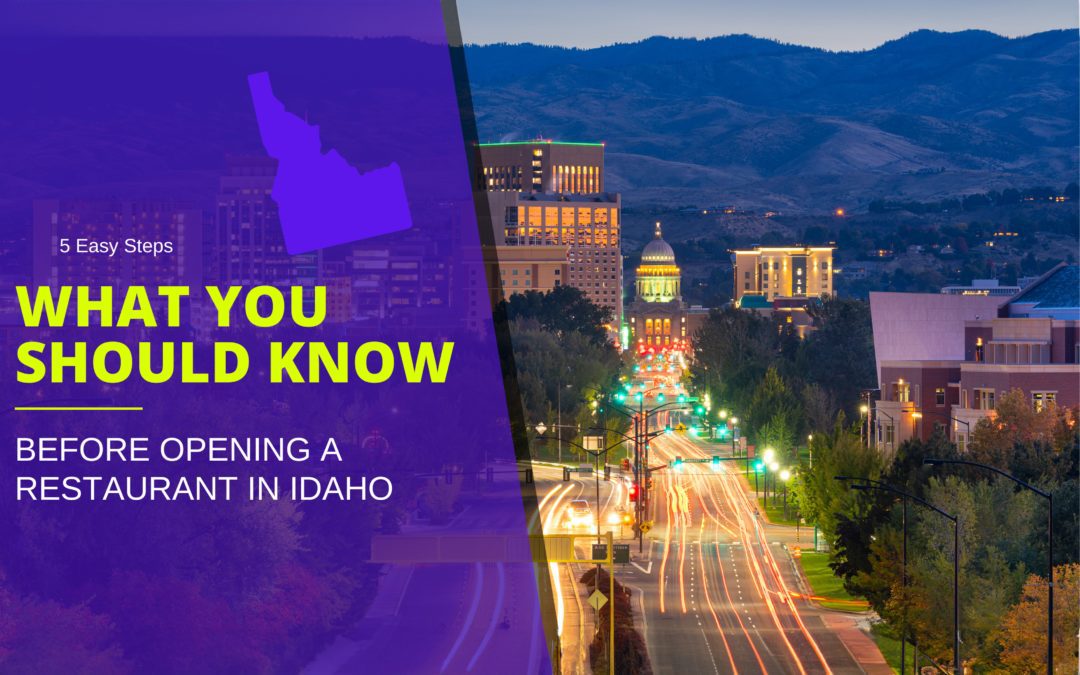
What you should know before opening a restaurant in Idaho
Comprehensive Guide to Opening a Restaurant in Idaho
Introduction:
Have you ever dreamt of the aroma of sizzling steaks wafting through your own restaurant, the clinking of glasses filled with laughter, and the satisfaction of creating a culinary haven for your community?
If you’re an aspiring restaurateur in Idaho, transforming that dream into reality might seem like a complex recipe with unfamiliar ingredients. Fear not, culinary adventurer! This comprehensive guide is your trusted sous chef, whisking away the confusion and guiding you through each crucial step of opening a restaurant in Idaho.
From securing the right licenses and permits to navigating unique health and safety regulations, we’ll demystify the process and ensure your culinary venture starts on a firm and flavorful foundation. Whether you envision a cozy bistro brimming with warmth, a lively gastropub pulsating with energy, or a family-friendly pizzeria bursting with laughter, this guide equips you with the knowledge and confidence to navigate the journey with ease. So, are you ready to turn up the heat and make your restaurant dream a delicious reality? Let’s get cooking!
Laying the Legal Bricks: Building a Strong Foundation for Your Idaho Restaurant
Before your culinary creations tantalize taste buds, establishing a solid legal foundation is paramount. This initial phase might seem technical, but worry not! We’ll break down the key steps into bite-sized pieces, ensuring your restaurant operates smoothly and compliantly from day one.

Step 1: Business License – Your Gateway to Operation
Think of your business license as the official handshake with the state of Idaho, acknowledging your right to operate. Head to the Idaho Secretary of State’s website, where you’ll choose a unique business name and register your chosen business entity (sole proprietorship, LLC, etc.). Remember, if you plan to hire employees, obtaining an Employer Identification Number (EIN) from the IRS becomes crucial for your federal tax responsibilities. This step might seem technical, but don’t fret! The Secretary of State website offers clear instructions and helpful resources to guide you through the process.

Step 2: Zoning Permits – Ensuring Harmony with Your Surroundings
Every neighborhood has its own unique character, and zoning regulations help maintain that harmony. Before finalizing your restaurant location, make sure it aligns with permitted uses for the zone. Contact your local city or county clerk to understand any specific zoning requirements or permits needed for your chosen spot. This proactive approach ensures you won’t encounter unexpected roadblocks later on.

Equipping Your Kitchen: Operational Permits for a Smooth & Compliant Restaurant
Now that your legal foundation is rock-solid, let’s equip your culinary haven with the essential operational permits. Remember, these permits ensure your restaurant functions smoothly and adheres to crucial safety and health regulations, protecting both your patrons and your business.

- Certificate of Occupancy: Your Gateway to Serving Guests
Imagine the aroma of sizzling steaks wafting through the air, but wait! Before welcoming your first guest, securing a Certificate of Occupancy (CO) is mandatory. This document verifies that your premises meet all local safety and building codes, including fire safety, accessibility, and structural integrity. Obtaining a CO typically involves inspections by relevant authorities, so plan ahead and factor in potential lead times.

- Food Service License: Safeguarding Deliciousness
Foodborne illnesses are no recipe for success. That’s why a Food Service License is a non-negotiable ingredient in your restaurant’s operation. This permit signifies that your kitchen and food handling practices comply with stringent health regulations set by the Idaho Department of Health and Welfare. Expect inspections to assess food storage, preparation, and sanitation procedures, ensuring your culinary creations are as safe as they are delicious.
![]()
- Employee Health Permits: A Team Effort for Food Safety
Protecting your patrons’ health extends beyond the kitchen walls. Every food handler on your team, from chefs to servers, must possess a valid Employee Health Permit. This permit confirms they’ve undergone essential food safety training, equipping them with the knowledge to prevent foodborne illnesses and maintain impeccable hygiene standards. Remember, ongoing training is crucial for permit renewal, so prioritize continuous education for your food handling staff.
Additional Operational Considerations:
While the above form the core operational permits, your specific needs might require additional licenses. Consider factors like:

- Signage Permits: Ensure your eye-catching restaurant signage complies with local regulations.

- Music and Entertainment Licenses: Planning live music or DJs? Secure the necessary permits to avoid any legal hiccups.
![]()
- Outdoor Seating Permits: Dreaming of a charming patio dining experience? Obtain the necessary permits to set up tables and chairs outdoors.
Remember: This list is not exhaustive. Always consult your local authorities for the most up-to-date and accurate information on required permits specific to your location and chosen restaurant concept.
By diligently securing and maintaining these operational permits, you’ll lay the foundation for a successful and compliant restaurant journey in Idaho. Now, let’s explore some additional permits that cater to specific needs and elevate your restaurant experience.
Beyond the Basics: Catering to Unique Needs with Special Permits
Your restaurant should reflect your unique vision and offerings. While the core operational permits ensure a smooth and compliant foundation, some special considerations might require additional permits, depending on your aspirations. Let’s explore three scenarios:

1. Waste Management with a Permit:
Imagine delicious dishes being created, but what about the inevitable leftovers and packaging? To ensure proper waste disposal and avoid hefty fines, secure a Dumpster Placement Permit. This permit specifies the size, location, and type of dumpster allowed on your property, ensuring responsible waste management that aligns with local regulations.

2. Valet Parking: Convenience with a Permit:
Envision offering valet parking for a touch of luxury and convenience. While this elevates your customer experience, remember to obtain a Valet Parking Permit. This permit authorizes valet operation and outlines requirements for insurance, training, and designated parking areas. Remember, ensuring the safety and security of customers’ vehicles is paramount.

3. Pool Tables: Fun with a Permit:
Picture the laughter and friendly competition around a pool table in your restaurant. If you envision this element, acquiring a Pool Table Permit is crucial. This permit ensures adherence to specific regulations regarding table placement, number of tables allowed, and any age restrictions that might apply. Remember, responsible operation and compliance are key to offering this recreational activity seamlessly.
Remember: This list serves as a starting point. Always consult your local authorities for the most current and accurate information on permits specific to your chosen add-ons and your restaurant’s location.
By carefully considering these special permits and navigating the process diligently, you can unlock unique offerings that enhance your restaurant’s character and cater to your customers’ diverse needs. With a comprehensive understanding of both core and special permits, you’re well-equipped to build a thriving and compliant restaurant in Idaho.
Planning & Compliance: Your Recipe for Long-Term Success
Opening a restaurant is an exciting venture, but building a sustainable and compliant business requires meticulous planning and ongoing commitment. Let’s explore how to navigate these crucial aspects:

Planning Ahead: A Well-Spiced Strategy
Before diving into permit applications, take a step back and strategize. Research your target market, develop a detailed business plan, and estimate startup costs. This foresight will guide your permit needs and ensure you’re well-equipped for operational challenges. Remember, planning also involves understanding renewal timelines for your permits, ensuring continuous compliance throughout your restaurant’s journey.

Embrace Technology: Streamlining Compliance
Gone are the days of paper trails and manual tracking. Many states, including Idaho, offer online resources and portals to streamline the permit application and renewal process. Utilize these online tools to your advantage, as they can save you time, reduce errors, and provide easy access to permit information and renewal deadlines.

Building Strong Relationships: Partnering with Experts
Remember, you don’t have to embark on this journey alone. Consider partnering with professionals like consultants or attorneys specializing in the Idaho restaurant industry. Their expertise can guide you through complex regulations, answer specific permit-related questions, and prevent costly missteps. Building strong relationships with local authorities and inspectors can also prove invaluable, promoting open communication and fostering a collaborative approach to compliance.

Embrace Change: Adapting to Evolving Regulations
The world of regulations isn’t static. Stay informed about potential changes to Idaho’s food safety, health, and business licensing requirements. Regularly checking websites like the Idaho Department of Health and Welfare and your local city/county government portals will ensure you’re operating within the latest legal framework.

Conclusion: Your Culinary Dream Awaits!
Opening a restaurant in Idaho is an exciting yet complex endeavor. By following this comprehensive guide, understanding the essential permits, and prioritizing thorough planning and ongoing compliance, you’ll navigate the process with confidence. Remember, this guide serves as a roadmap, and seeking professional guidance is always recommended. Now, go forth and turn your culinary dream into a thriving reality in the heart of Idaho!
Additional Resources:
Idaho-Specific:
• Idaho Department of Health and Welfare Food Safety Program: Here (Provides detailed information on Idaho’s food safety regulations, licensing requirements, and training programs.)
• Idaho Secretary of State Business Registration: Here (Offers step-by-step guidance on registering your business and obtaining an EIN.)
• Business.Idaho.gov Licenses & Permits: Here (Comprehensive searchable database of all state and local business licenses and permits in Idaho.)
National Resources:
• National Restaurant Association: Here (Industry association providing resources, advocacy, and support for restaurants nationwide.)
• Food and Drug Administration (FDA) Retail Food Protection: Here (Offers guidance on federal food safety regulations and best practices.)
• National Restaurant Association ServSafe Food Safety Training: Here (Nationally recognized food safety training program for restaurant employees.)
